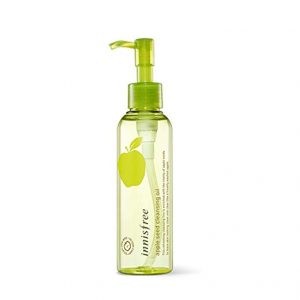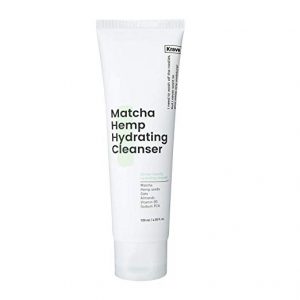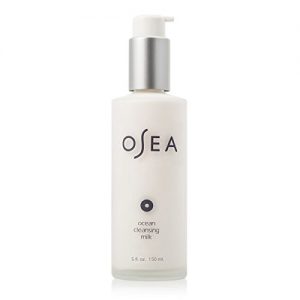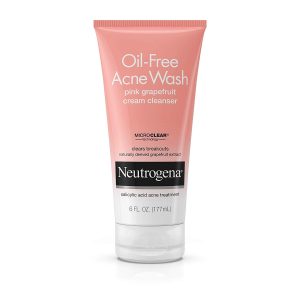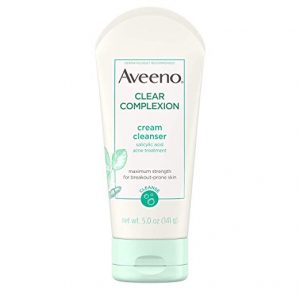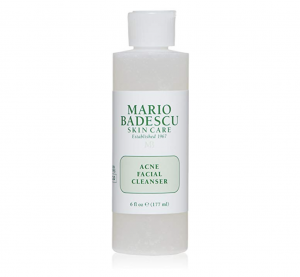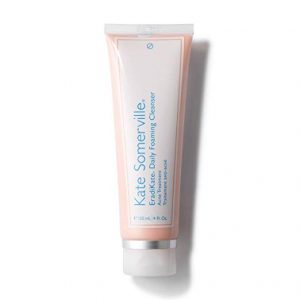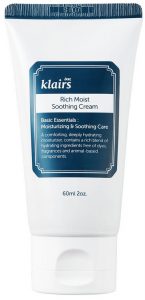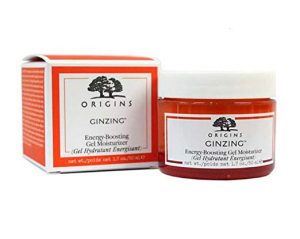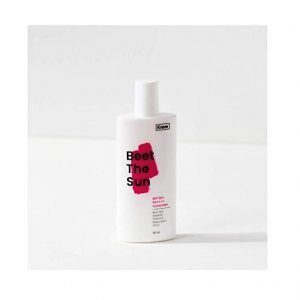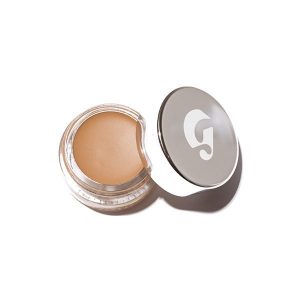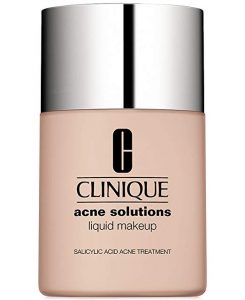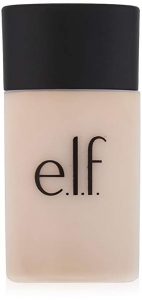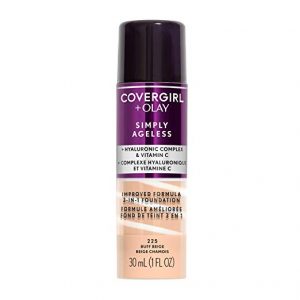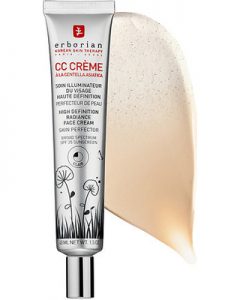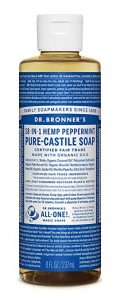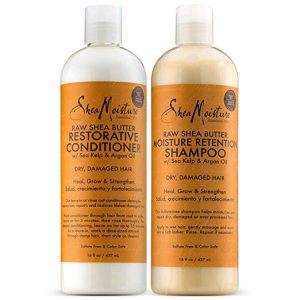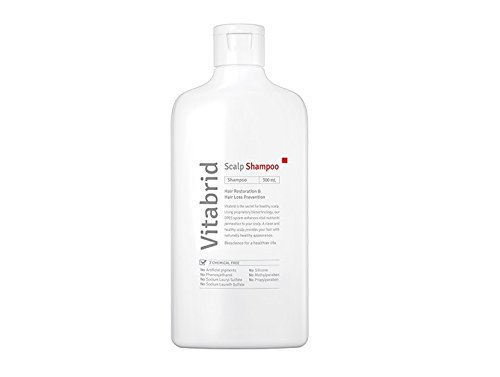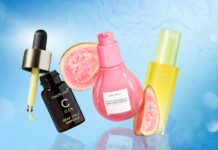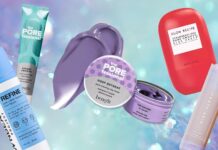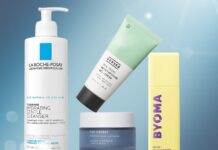
Let’s admit it. When it comes to acne and breakouts, it’s the same cycle. You look at your face in the mirror (extra bonus points if the mirror’s magnified!), notice a particularly juicy pimple, and then there’s this tiny itch –an urge as you will– to take your fingers and squeeze all the gunk out. Ahhhh….
Despite knowing exactly why we shouldn’t even pick at our blemishes in the first place, more often than not, we succumb to the same mistake that could eventually lead to more damage to our skin than we realize. While we’re on the topic, there’s also more skincare mistakes we could be making unconsciously (or consciously) at any stage of our pampering or skincare routine.
Here’s a list of nine skincare mistakes that you could be making that could be a cause of those pesky and persistent pimples and enlarged pores.
9. Overcleansing
Believe it or not, if you’re washing your face more than twice a day every single day and you’re noticing breakouts form, this could be the reason why. No matter what skin type you are, overcleansing your face with a cleanser (especially one that is harsh to your skin type) will end up stripping away the natural oils used to keep your face moist and hydrated. When this happens, you will notice your skin feeling tight and stiff, with dry flakes or patches of dead skin cells forming on the skin’s surface. Your body will also use this time to produce more oil in compensation of the dry skin, which also leads to clogged pores and more breakouts.
So how should we break the cycle?
Make sure you cleanse your face no more than twice a day, with the exception of days where you engage in sweat-inducing activities. And if you’re using a cleanser, make sure you find gentle cleansers that makes your face feel comfortable after cleansing instead of feeling stiff.
Best Gentle Cleansers
8. Rinsing Too Quickly
If you have acne-prone skin, it’s definitely beneficial to use cleansers that contain Salicylic acid as it has anti-inflammatory and bacteria-killing properties that are effective in fighting acne. However, if you apply the cleanser and immediately wash after instead of giving the cleanser some time to work their magic, the effects won’t be seen. It’s kind of like brushing your teeth; to make sure your mouth, teeth, tongue, and gums are thoroughly cleansed, you would spend at least a minute brushing before rinsing.
So how should you wash your face?
Really make sure you achieve a thorough cleansing by working the cleanser into a lather and gently massaging into all parts of your face. Concentrate especially in areas where you feel super oily, congested, or blemished, such as your T-Zone (forehead, nose, chin), cheeks, hairline, and jawline.
Great Salicylic Acid-based Cleansers
And as an added bonus, you can use an exfoliating brush that does a gentle but thorough job of deep cleansing your pores, all while giving your face some time to sink into your skin and clean out all the gunk. A current favorite brush we like to use is from the Vanity Planet. Rowena really likes their Raedia Facial Cleansing Brush while Felicia loves their Glowspin Spa Facial Brush.
7. Skipping Moisturizing
A common question that those with oily skin types may have when it concerns moisturizing is: “If my face is super oily, why do I still need to use moisturizer? Isn’t that sort of counterproductive?”
The answer is: you still need to moisturize regardless of your skin type. Your skin uses the moisture from within your body to keep itself guarded from the outside elements (psst… this is where the word ‘skin barrier’ comes from). After when you cleanse, chances are that along with the day’s worth of grime, dirt, sweat, and makeup, your natural oils are also stripped away. Of course, if you use a gentle moisturizer, then you’d be left with some of your oils intact. But other much harsher cleansers will strip away most if not all oils left on your face –both the good and the bad. In order to make up for this lost moisture, your face will benefit from a moisturizer that not only helps hydrate your skin, but also provide useful antioxidants and nutrients to strengthen your skin barrier.
Here’s some advice: definitely look into moisturizers that suit your skin type. For example, oily/combination skin types should look into gel based moisturizers that are super lightweight and absorb quickly into the skin, while dry skin types should look for thick hydrating creams to restore and hydrate the skin.
Our Favorite Moisturizers
6. Skipping Sunscreen
If you haven’t noticed already, sunscreen is super important! Regardless of the weather and whether you wear makeup or not, before leaving the house, it is important to wear sunscreen with a good amount of SPF. Within everyone’s body contains melanin, which is a chemical-based pigment that naturally provides our skin color. When you go out unprotected, the sun’s powerful UVA and UVB rays penetrate through the skin and can lead to skin discoloration and even burns in extreme cases. This is especially true with those of you with acne marks and hyperpigmentation — the rays are just going to aggravate them or leave lasting marks on your skin for a long period of time.
So what should you do?
Regardless of rain or shine, always wear sunscreen after your skincare routine. If you wear makeup, it’s preferred you do so after using skincare and sunscreen.
Sunscreen Products We Love
5. Wearing Makeup
If you ever wore makeup before and you seem to be breaking out at the same time. It’s really no coincidence. While thick makeup such as foundation helps with the coverage and provides a good and flawless looking base, it can also clog pores and lead to more breakouts. We understand that there are instances when it’s unbearable to leave the house without applying makeup (and we’re definitely not against it, either!), so we do recommend you try a concealer in place of foundation and using sheer or transparent loose powder afterwards to give your skin a matte texture. Another solution is to use BB Creams, CC creams, or foundations made with special acne-preventing formulations to give your skin a boost in fighting against the blemishes.
Jump Start With These
4. Shower Residue
If you’re finding breakouts and pimples in areas such as your hairline, your back, or your neck, it means that you could not be washing off shampoos, conditioners, and body washes completely. Particularly, when it concerns products containing ingredients such as silicons, sodium lauryl sulfates, and heavy moisturizing agents, not rinsing off the residue on your skin can result in clogged pores and unwanted breakouts.
A method to preventing your breakouts is you make sure you rinse out all the shower residue off your skin. How do you do it?
By switching your shower routine!
Once in the shower, use shampoo and conditioner, body wash, and face wash in this order to ensure that all excess soap residue is washed away.
If you’re thinking of using cleansing products without the comedogenic ingredients, consider adding any of the following products:
3. Switching Products Too Often
If you’re like me and you’re excited about using all sorts of amazing skincare products you hauled from the holiday sales, this could also be the time to be extra careful with your skin. When you layer new skincare products on top of old products and switch again, chances are that you’re increasing the likelihood of developing more blemishes. Why is this the case?
When you’re switching products too often, you’re overexposing your skin to all sorts of ingredients within each, and not letting it fully absorb into your skin to do their magic. When you test out a product, do a patch test first before testing it for at least 1-2 weeks to give your skin some time to get used to the product. Typically, your skin would grow used to the product (given that it doesn’t cause irritations), but if it results in breakouts, it could mean that the product no longer works and your skin is in need of different nutrients. In this case, try isolating the product to see if it is the main culprit to your breakouts.
2. Overstressing
Stress is healthy in moderation. Overstressing is not.
When you overstress, your body produces cortisol, which is a stress chemical that activates your fight or flight response when it reaches high amounts. This panic mode not only causes acne but also increases blood pressure, nervous breakdowns, and other unpleasant feelings that might end up doing your body more harm than good.
Fortunately, there are solutions to decreasing your stress levels in ways that are achievable and effective. Practicing mindfulness and meditation helps you regain control over your body and help you become more grounded at the present. But you can also take the time to treat yourself to some budget-friendly pampering. Or you can splurge if you feel the need, you deserve it anyway! Here’s some of our favorite items for relaxing and self-care.
1. Miracle Cures
In times when we’re desperate and in need of what some people claim as “the miracle product”, it’s time to reconsider. At the core of every skincare concern, no external product can do wonders to fix all of your blemishes at once. You can however, work on remedying and improving your lifestyle, your sleeping habits, and mental states. But regardless of whether you have blemishes or not, remember that it’s not the end of the world. At the end of the day, your personality, attitude, and views of life cannot be determined by your outlook.
Love and accept yourself!
Full Video:
Head over to more information and product recommendations:

